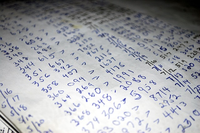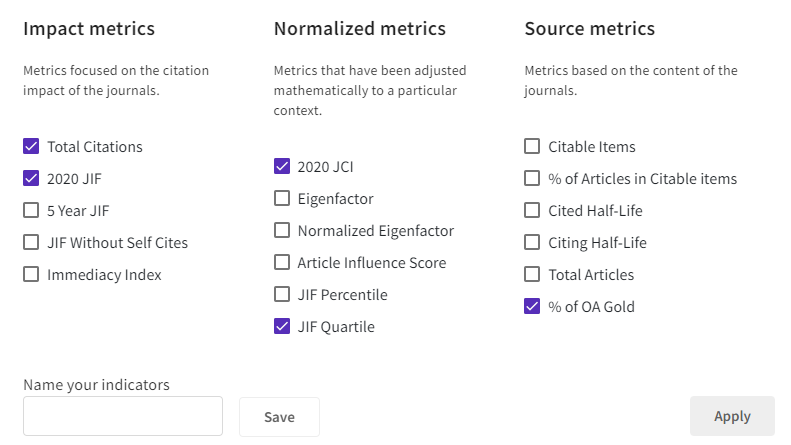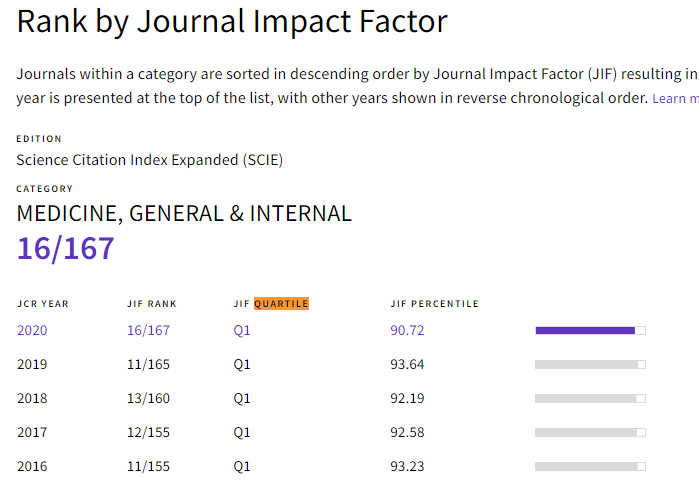The freely accessible database Scimagojr.com offers, among other things, the SCImago Journal Rank (SJR, from 1999), which is comparable to the Impact Factor (IF). But, among other criteria, the SJR includes the prestige of a journal, i.e. citations of articles from frequently cited journals increase the prestige of the journal whose articles are cited.
The data basis is the database SCOPUS (not licensed in Mannheim), a competitor product to Web of Science, in which more journals are evaluated than in Journal Citaton Reports or Web of Science. A 3-year period is used for the evaluation of citations. Self-citations are excluded. The data are updated annually in November (new annual evaluation).
The journal display shows - sorted by subject area or for individual journals - in addition to the SJR e.g. quartile, H-index, scope note with source link, average citations per publication and degree of international cooperation.
With the Country Rank, individual countries and 8 world regions can be evaluated since 1996 according to subject areas - the values, among others, are number of publications, citations per publication (average), self-citations, non-cited publications and the H-Index (number of publications h that have received at least h citations).
One of the Viz Tools is the Subject Bubble Chart, which allows, among other things, to compare the medical specialties by means of bubble charts according to various criteria.









